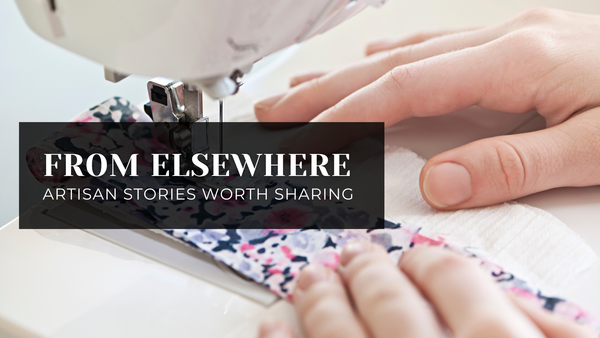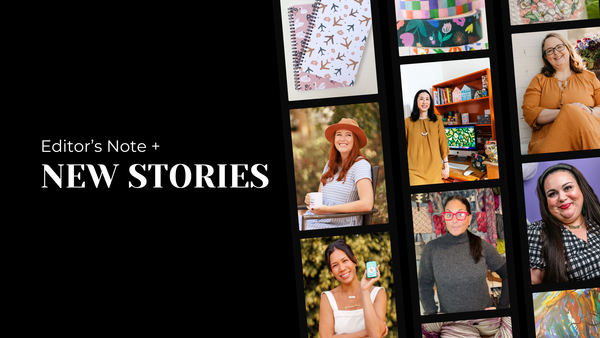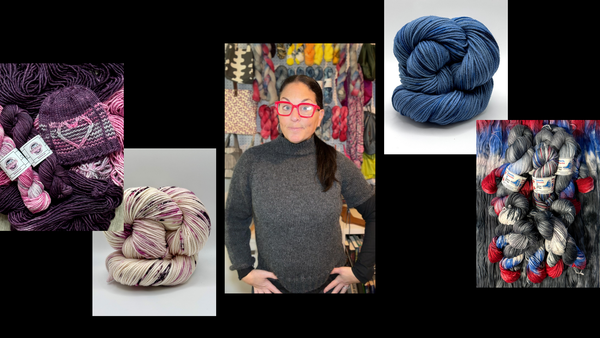How AdireLounge is Changing the Game in Sustainable Fashion

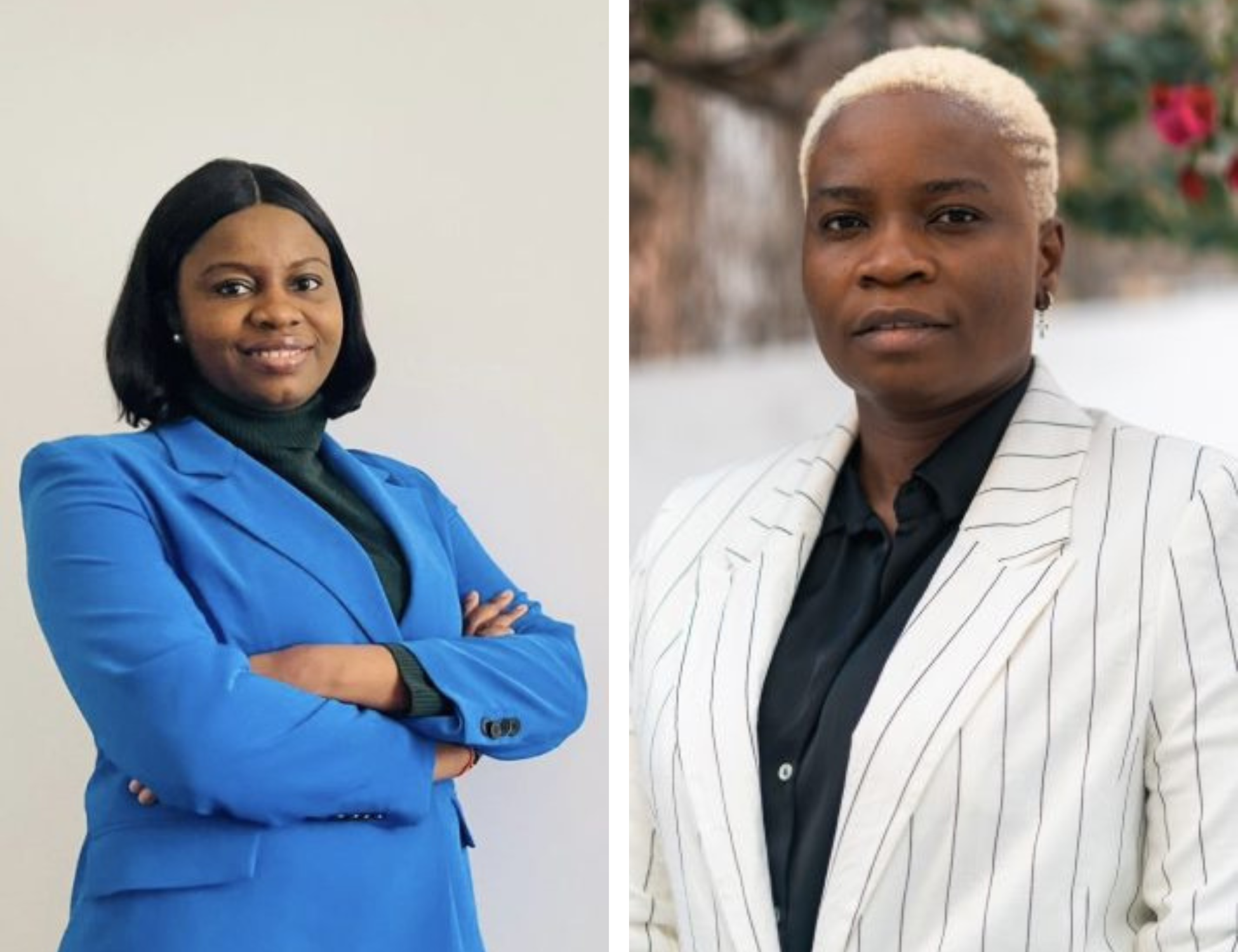
Cynthia Asije and Sarah Odiavbara are the cofounders of AdireLounge, a sustainable and socially conscious activewear brand based in Paris. Interestingly, Cynthia, an award-winning textile designer, and Sarah, a technology developer, met on social media. “We have known each other for four years, having first met during a professional discussion on Twitter (X). It was during this conversation that we discovered our shared passion for advancing technology and making a meaningful impact. Our collaboration has been exceptional, as our individual strengths complement each other perfectly based on our shared interests in sustainability and the fashion industry,” Cynthia said.
Today, Sarah serves as AdireLounge’s chief technology officer, and Cynthia is its CEO. The cofounders shared invaluable advice about starting and running a creative business. Their interview is like a mini course in business management for creatives.
Tell us about AdireLounge.
Cynthia Asije (CA): We specialize in using banana fibers to produce high-quality textiles that are both sustainable and durable. Our mission is to reduce the environmental impact of the fashion industry while also promoting economic opportunities for local communities. We work directly with farmers in developing countries to source our banana fibers, ensuring that our materials are ethically and sustainably produced. Our team of skilled artisans then transforms these fibers into beautiful and unique textiles, which we use to create a range of fashion products, including clothing, accessories, and home decor. At AdireLounge, we believe that sustainable fashion should not come at the expense of style or quality, which is why we are committed to creating products that are both eco-friendly and aesthetically pleasing.
Additionally, we are empowering women in underserved communities in Africa to create tribal and ethnic patterns on our activewear products. These patterns connote meanings and symbols celebrating heritage.
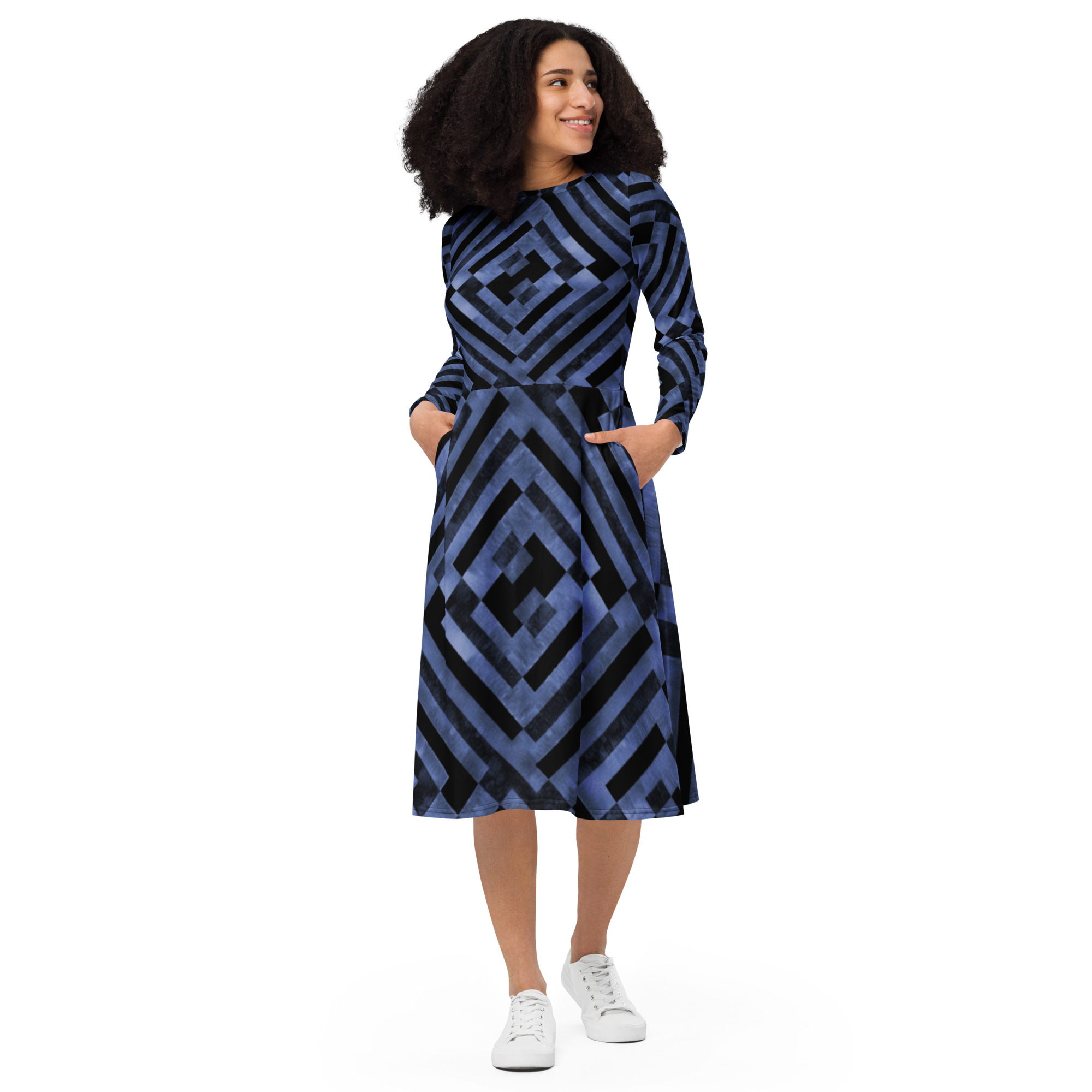
Can you share a bit about your creative journey?
CA: I embarked on my creative journey by immersing myself in various design disciplines as a textile designer, experimenting with colors, shapes and layouts. Through continuous exploration and sketching, I honed my skills and developed a unique design sensibility. Feedback from peers and mentors helped me refine my style and approach, leading me to create impactful art that resonates with audiences.
Sarah Odiavbara (SO): As the cofounder of Adirelounge, my creative journey began with a deep appreciation for cultural diversity and social impact. I conducted thorough research to understand the significance of these prints in different cultures and their potential to resonate with modern fashion trends. Collaborating closely with designers and artisans from the communities I aimed to empower, I blended traditional patterns with contemporary athleisure aesthetics.
My technical journey involved leveraging cutting-edge digital tools to translate these intricate designs into functional and comfortable athleisure garments. I sought sustainable and innovative materials that aligned with our brand’s values. Through iterative prototyping and rigorous testing, I ensured the fusion of creativity and technology resulted in high-quality, performance-oriented products.
At what point did you realize that producing art could become your career?
CA: The turning point when I realized my artwork or creative product could be transformed into a business was when I started receiving unsolicited inquiries about purchasing my creations. People were not just appreciating the work; they were expressing a willingness to invest their hard-earned money in it. This indicated that there was a market demand beyond personal connections.
Furthermore, as I explored potential avenues for showcasing and selling my work, I began to notice gaps in the market that my product could fill. If I identified a niche or an unmet need that aligned with my creative vision, it became increasingly evident that I could create a sustainable business around it.
Additionally, discussions with mentors, fellow artists, or entrepreneurs provided valuable insights into the commercial potential of my creative endeavor. Their feedback and suggestions, coupled with my own research into the market trends and potential customer base, helped solidify the idea that my passion could be more than a hobby—it could be a source of income and a way to contribute to the creative economy.
SO: The realization that my artwork or creative product could transform into a viable business emerged when I began receiving significant positive feedback and interest from a broader audience. This interest went beyond friends and family, indicating that my work had broader appeal. Additionally, as I continued to refine and develop my creative output, I saw the potential for differentiation and a unique selling proposition that could stand out in the market.
Moreover, if I noticed an increasing demand for my creative work, whether it was art, design, or any other product, and people were willing to pay for it, that was a clear indicator that a business opportunity existed. The transition from hobbyist to entrepreneur often involved conducting market research to understand my target audience, evaluating the competition, and developing a strategy for scaling production and reaching customers effectively.
As the interest and demand grew, I would have explored the logistics of production, pricing, marketing, and distribution. This holistic approach to transforming my creative passion into a business venture ensured that I could not only create compelling products but also sustainably bring them to market and generate revenue from my artistic endeavors.

How do you define success for your creative business?
CA: Defining success for a creative business involves a multidimensional perspective that goes beyond mere financial metrics. It encompasses both tangible and intangible elements that reflect the impact, growth and fulfillment of the business’s purpose. Success for me is financial stability. While creativity is at the core, financial stability is essential. Generating consistent revenue, achieving profitability, and sustaining the business financially are crucial indicators of success. Artistic fulfillment is also success. It involves staying true to my creative vision and producing work that resonates with my artistic integrity. Maintaining the originality and quality of my creations is essential.
SO: Success for me is defined by these: innovation and evolution. Successful creative businesses adapt to changing trends and technologies while staying true to their essence. Continuously innovating and expanding my product range or services is a sign of success. For a business that empowers women in underserved communities, success is measured by the transformative impact on these women’s lives—improved livelihoods, skills development, and enhanced opportunities.
Where do you find inspiration?
CA: I find inspiration in nature. The beauty, patterns, and cycles of the natural world often serve as a rich source of inspiration for me. Landscapes, flora, fauna and the changing seasons spark my creative ideas.
SO: Mine is in travel. Experiencing new places, people, and cultures provides fresh perspectives, broadens horizons, and ignites my creativity.
What’s one piece of advice you wish someone gave you when you first started your business?
CA: The one piece of advice I wish someone had given me when just started was to embrace failure as a learning opportunity. Mistakes and setbacks are inevitable in business. Instead of fearing failure, view it as a valuable learning experience. Each misstep can provide insights that lead to improvements and growth. Adaptability and resilience are key traits for entrepreneurs, so don’t be discouraged by challenges; use them to refine your approach and come back stronger.
SO: Mine is focusing on your value proposition and market fit. It’s easy to get caught up in the excitement of your business idea, but it’s crucial to deeply understand your target market’s needs and how your product or service fulfills those needs better than anyone else. Invest time in refining your value proposition and validating your product-market fit before scaling. Without a strong foundation in solving a real problem, it’s challenging to sustain success.
What advice would you give to someone who wants to begin selling their art or creative product?
CA: Hone your craft. Before you start selling, ensure that your artistic skills and the quality of your products are at a level that reflects your dedication and professionalism. Continuous practice and improvement are essential.
Identify your niche and unique selling point. Define what sets your art or products apart from others. Whether it’s a distinctive style, unique materials or a specific theme, having a clear niche and unique selling point will help you stand out in a crowded market.
SO: Have a pricing strategy. Determine how to price your products to cover your costs and time and generate a reasonable profit. Consider factors such as materials, time invested, market demand and perceived value.
Create an online presence. Set up a professional and appealing online presence. This could be a website, social media profiles, or an online marketplace. Showcase your work with high-quality images and engaging descriptions.
What’s something our audience would be surprised to learn about you?
CA: As the founder of AdireLounge, that combines ethnic and tribal prints with empowering women in underserved communities, one surprising fact about me is that I initially started this venture as a personal project to explore my love for both fashion and social impact. What began as a creative endeavor gradually gained momentum, and I discovered a unique way to blend my passion for design with my commitment to making a positive difference.
SO: I believe in fostering a community of like-minded individuals who share a passion for both style and social change. To achieve this, I regularly host workshops and events where women from underserved communities can engage, learn, and collaborate. The sense of unity and empowerment that arises from these gatherings is a core aspect of my brand’s mission, inspiring women to pursue their dreams with confidence.
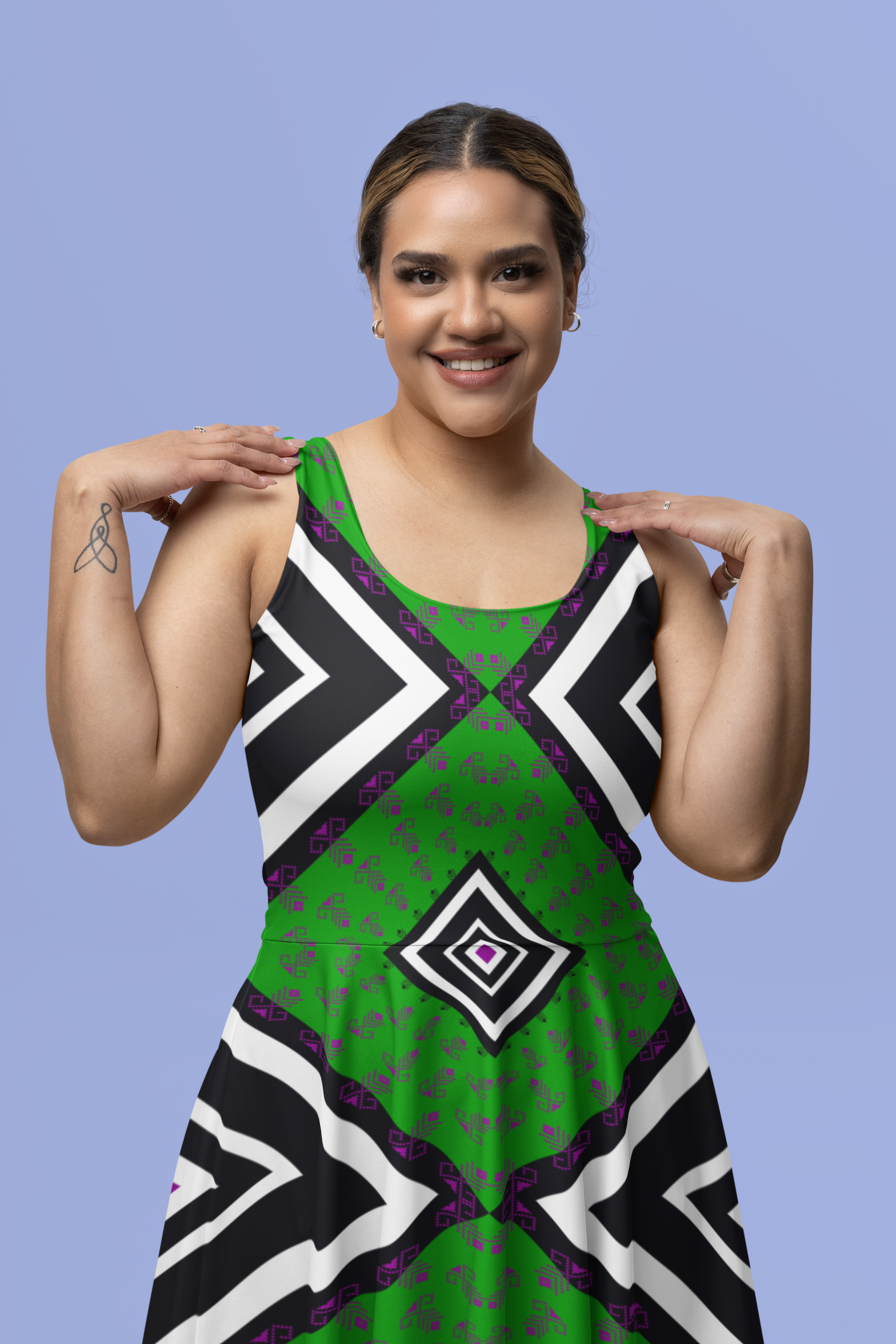
How do you handle perfectionism?
CA: Handling perfectionism can be a challenge for many creatives, as the pursuit of perfection can often lead to procrastination, self-doubt, and creative blocks. My advice is to set realistic goals. Define achievable goals for each creative project. Instead of aiming for absolute perfection, focus on reaching a level of quality that aligns with the project’s purpose and your artistic vision. Also, embrace mistakes. Understand that mistakes are an inherent part of the creative process. They offer valuable learning opportunities and can lead to unexpected and innovative outcomes.
SO: I handle perfectionism by setting time constraints, iterating and improving. Set specific time limits for different stages of your creative process. This can prevent overthinking and encourage you to move forward rather than get stuck in a quest for perfection. View your work as a continuous process of improvement. After completing a project, take time to evaluate what went well and what could be enhanced in the future. Lastly, focus on progress, not perfection. Shift your mindset from striving for perfection to valuing progress. Celebrate small wins along the way and acknowledge the growth you’ve achieved.
What’s something that surprised you about running a creative business?
CA: One surprising aspect of running a creative business is the multifaceted nature of the role. While creative entrepreneurs are passionate about their craft, they often discover that managing a business involves wearing many hats beyond just creating. From handling finances, marketing, customer service, and operations to making strategic decisions and managing collaborations, running a creative business requires a diverse skill set.
This realization can be both challenging and rewarding. While creatives are drawn to their art, they must also embrace the responsibilities of entrepreneurship. This includes learning new skills, adapting to market trends, and finding a balance between creative expression and the practical demands of business management. The need to balance artistic vision with the demands of a business can lead to unexpected growth and personal development, highlighting the dynamic nature of creative entrepreneurship.
SO: Another surprising aspect of running a creative business is the dynamic relationship between creativity and time management. While creativity can be spontaneous and doesn’t always adhere to schedules, running a business demands structure and adherence to timelines.
Creative entrepreneurs often find themselves needing to balance the ebb and flow of inspiration with the need to meet deadlines, fulfill orders, and consistently engage with their audience. This delicate equilibrium requires mastering the art of time management while still allowing space for organic creative expression. The challenge lies in finding ways to harness creativity on demand without stifling its natural flow, all while ensuring the business runs smoothly and delivers on its commitments. This intricate dance between creative freedom and the demands of business operations can be both surprising and enlightening for those running a creative venture.
What advice would you give to someone about handling the highs and lows of running a business?
CA: Here’s some advice to navigate both the joys and challenges:
Stay grounded in purpose: Remind yourself of the reasons you started the business in the first place. Connecting with your original vision and passion can provide stability during both ups and downs.
Celebrate small wins: Acknowledge and celebrate even the smallest achievements. Recognizing progress, no matter how incremental, can help you stay motivated and positive.
SO: I would say:
Practice adaptability: Business landscapes are ever-changing. Be prepared to pivot and adapt your strategies when necessary. Flexibility allows you to navigate challenges more effectively.
Learn from setbacks: Rather than viewing failures as defeats, see them as opportunities for growth. Analyze what went wrong and extract valuable lessons that can guide future decisions.
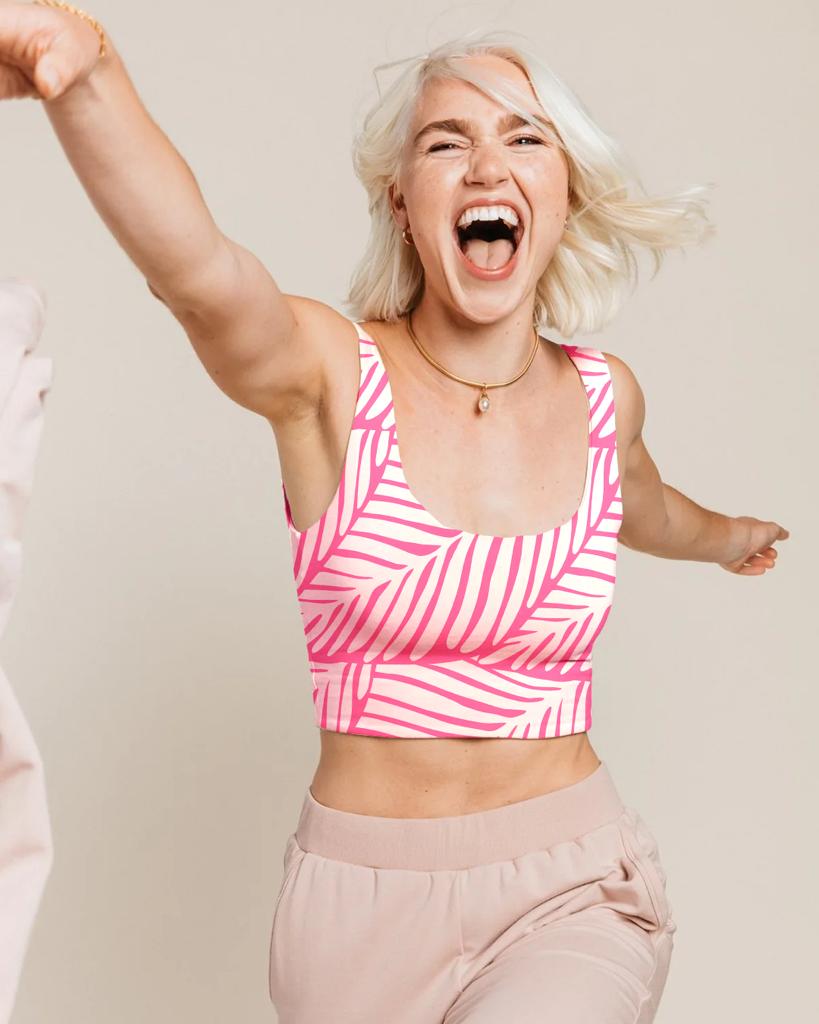
Has someone ever criticized your work? How did you handle it?
CA: Yeah, they have a lot! Receiving criticism is a natural part of any creative journey. Here’s how you can handle it:
Stay open-minded: Approach criticism with an open mind. Remember that feedback, even if negative, can provide valuable insights for improvement.
Separate emotions: It’s natural to feel defensive or upset, but try to separate your emotions from the feedback. Take a step back before responding.
SO: Of course! Here is how I have been able to handle it:
Focus on constructive criticism: Differentiate between constructive criticism and purely negative comments. Constructive criticism offers specific suggestions for improvement.
Learn from the feedback: Use criticism as an opportunity to learn and grow. Consider how you can apply the feedback to enhance your work.
Respond thoughtfully: If a response is needed, do so thoughtfully and professionally. Thank the person for their feedback and explain any steps you plan to take based on their suggestions.
Tell us about your passion for helping women in Africa.
CA: The cause I am passionate about is the women in underserved communities who live on less than $2 a day. Our goal is to empower five million of these women in five years. To enable them to earn over three times the minimum wage. To date, we have empowered over 10,000 women, helped over 1200 children who were out of school to resume their education and provided healthcare insurance for them. We also offer 50:50 revenue sharing with these women.
SO: I am passionate about our women empowerment cause. Enabling these women to create a living from what they love while also showcasing their art, culture and heritage on a global scale is what I live for. The Adirelounge is dedicated to creating unique economic opportunities for underserved women. Our website provides information about our initiatives, ways to take action, and resources for understanding the importance of empowering women.
Can you share the name of a supplier or vendor that you use for your business that you just love—one that makes running your business a bit easier?
CA: One vendor that I absolutely love is EcoPack Solutions. They specialize in sustainable and eco-friendly packaging materials that align perfectly with my athleisure wear brand’s commitment to environmental responsibility. Their range of biodegradable poly bags, recycled shipping boxes, and compostable garment bags not only reflects my brand’s values but also ensures that every aspect of my business operations is aligned with sustainability. Their user-friendly online ordering system and prompt customer support make the process of sourcing eco-conscious packaging materials hassle-free.
SO: One vendor that I appreciate is QuickBooks. This accounting software simplifies financial management, making tasks like invoicing, expense tracking, and tax preparation more efficient. Its user-friendly interface and various features help businesses stay organized and on top of their finances.QuickBooks offers different versions tailored to various business sizes and needs, making it a versatile solution for many entrepreneurs.
What brings you joy?
CA: As the founder of an eco-friendly fashion brand, what brings me joy is seeing my sustainable designs making a positive impact. When I receive heartfelt testimonials from customers sharing how they feel confident and empowered wearing my ethically made garments, it fills me with a sense of accomplishment. Knowing that my brand contributes to both style and sustainability while supporting the environment and fair labor practices is a source of immense joy and fulfillment.
SO: My joy comes from witnessing the impact of innovation in action. Seeing my team’s hard work culminate in a cutting-edge product that solves real-world problems and improves people’s lives fills me with immense pride. The excitement of launching a successful product, receiving positive user feedback, and watching the user base grow brings a sense of accomplishment that fuels my drive to continue pushing boundaries and shaping the future through technology and impact.
Thanks, Cynthia and Sarah! You can learn more about AdireLounge at adirelounge.com.

